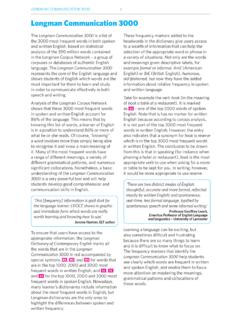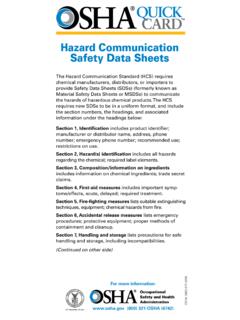Transcription of Hazard Communication Standard Pictogram
1 QUICK CARDTMH azard Communication Standard PictogramThe Hazard Communication Standard (HCS) requires pictograms on labels to alert users of the chemical hazards to which they may be exposed. Each Pictogram consists of a symbol on a white background framed within a red border and represents a distinct Hazard (s). The Pictogram on the label is determined by the chemical Hazard pictograms and Hazards Health Hazard Carcinogen Mutagenicity Reproductive Toxicity Respiratory Sensitizer Target Organ Toxicity Aspiration Toxicity Flame Flammables Pyrophorics Self-Heating Emits Flammable Gas Self-Reactives Organic Peroxides Exclamation Mark Irritant (skin and eye) Skin Sensitizer Acute Toxicity (harmful) Narcotic Effects Respiratory Tract Irritant Hazardous to Ozone Layer (Non-Mandatory)
2 Gas Cylinder Gases Under Pressure Corrosion Skin Corrosion/ Burns Eye Damage Corrosive to Metals Exploding Bomb Explosives Self-Reactives Organic Peroxides Flame Over Circle Oxidizers Environment (Non-Mandatory) Aquatic Toxicity Skull and Crossbones Acute Toxicity (fatal or toxic) Department of LaborOSHA 3491-01R 2016

















